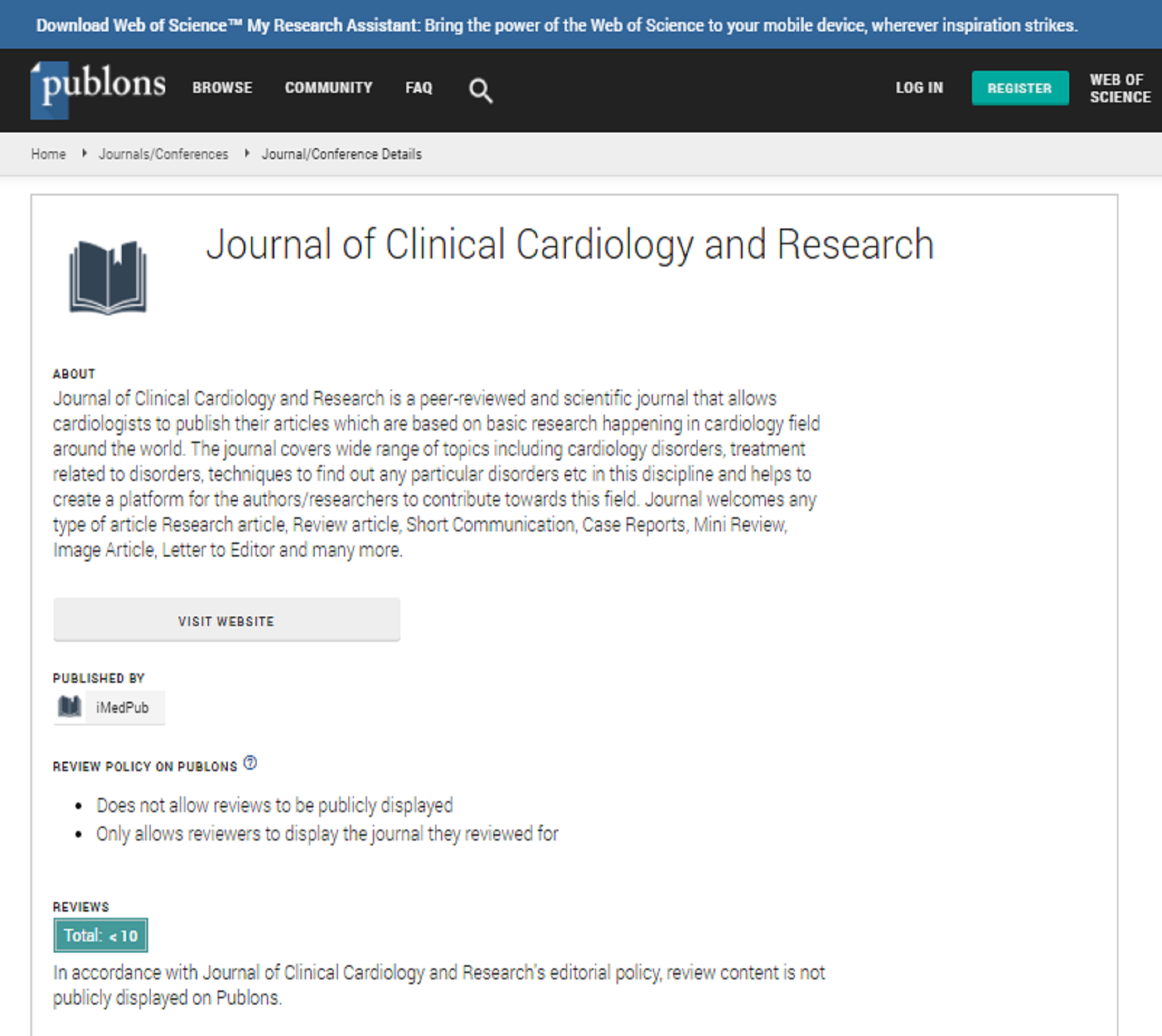Abstract
Evaluation of Early Term Results of Endovascular Procedures Performed with Retrograde Popliteal Artery Intervention
Background: Femoral access is practically the most utilized access point in a patient for trans catheter interventions, though subclavian and direct aortic access are also alternatives that are on the rise to some extent. In this retrospective study we wanted to explore the viability of retrograde popliteal access in patients with chronic total occlusion of superficial femoral arteries due to the anatomical availability of the artery.
Objective: We aimed to deduce whether Retrograde Popliteal Access (RPA) is a viable treatment option in chronic occlusion of superficial femoral arteries.
Method: From June 2017 to February 2019, 27 patients in total (21 mens, 63 ± 5) underwent balloon dilatation via retrograde popliteal access under Duplex Ultrasound (DUS). Age, gender, tobacco use, comorbid diseases were all noted for each subject. Subjects were for a year postoperatively. They were reevaluated 1st, 6th and 12th months after the procedure for restenosis.
Results: In 100% of 27 subjects successfull RPA was achieved. The initial success of balloon angioplasty was noted as 96%, 296. During the regular follow ups claudication, rest pain and toe ulcers were noted to improve significantly. Ankle-brachial index changed from 0.52 ± 0.11 to 0.93 ± 0.2 at 1 year after intervention (p <.001), although patency rates at 1, 6, 12 months after the procedure were 96%,296,92%,593,88%,89 respectively. The noted restenosis cases were endovascular procedures. Patients with tobacco use, comorbid diseases (COPD, hyperlipidemia, chronic renal failure) were noted to be at higher risk of restenosis.
Conclusion: RPA under DUS guidance has been exhibited to be an effective method in treating chronic total occlusion of superficial femoral arteries due to its high procedural success and low morbidity rates. Tobacco use and comorbid diseases were found to be factors that interfere with RPA balloon dilatation failure.
Author(s): Alperen Ozkok and Huseyin Goktas
Abstract | Full-Text | PDF
Share This Article
Google Scholar citation report
Journal of Clinical Cardiology and Research peer review process verified at publons
Abstracted/Indexed in
- Google Scholar
- Publons
Open Access Journals
- Aquaculture & Veterinary Science
- Chemistry & Chemical Sciences
- Clinical Sciences
- Engineering
- General Science
- Genetics & Molecular Biology
- Health Care & Nursing
- Immunology & Microbiology
- Materials Science
- Mathematics & Physics
- Medical Sciences
- Neurology & Psychiatry
- Oncology & Cancer Science
- Pharmaceutical Sciences

